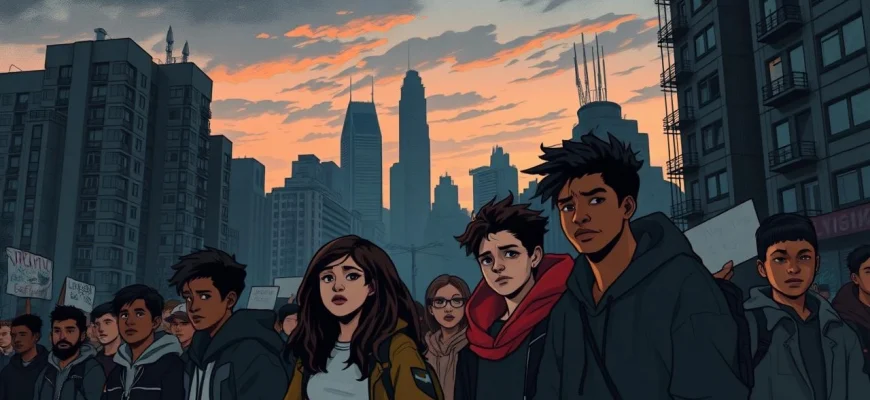If you were captivated by the raw intensity and social commentary of 'La Haine' (1995), you're likely craving more films or shows that explore similar themes of urban unrest, marginalized youth, and gripping realism. This article highlights 10 movies and series that echo the same gritty energy, thought-provoking narratives, and unflinching portrayals of societal struggles. Whether you're a fan of French cinema or simply love hard-hitting stories, these recommendations will keep you engaged.
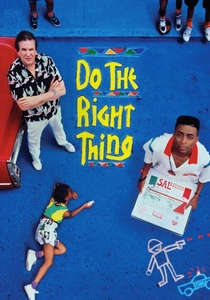
Do the Right Thing (1989)
Description: Spike Lee's Do the Right Thing shares with La Haine a focus on racial tensions and the explosive potential of urban environments. Both films use a single day's events to build tension leading to a climactic outburst of violence. The films also employ a vibrant visual style to reflect the energy and chaos of their settings.
Fact: The film was shot in the Bedford-Stuyvesant neighborhood of Brooklyn. Spike Lee plays the main character, Mookie. The film's release coincided with a national debate on race relations in the U.S.
 Watch Now
Watch Now 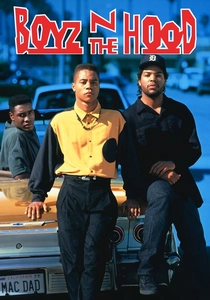
Boyz n the Hood (1991)
Description: Boyz n the Hood and La Haine both portray the struggles of young men in marginalized communities, focusing on the impact of systemic racism and violence. Both films use a coming-of-age framework to explore how environment shapes destiny. The realistic portrayal of street life and the use of non-professional actors add to the authenticity of both films.
Fact: John Singleton was only 23 when he wrote and directed the film. The film was shot in just 34 days. It was the first film by a Black director to be nominated for the Best Director Oscar.
 Watch Now
Watch Now 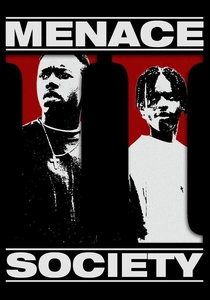
Menace II Society (1993)
Description: Menace II Society, like La Haine, is a stark portrayal of urban youth caught in a cycle of violence and poverty. Both films use a raw, unflinching lens to depict the harsh realities of their characters' lives, with a focus on the consequences of their choices. The films also share a sense of inevitability and tragedy in their narratives.
Fact: The Hughes brothers were only in their early 20s when they directed the film. The film's budget was just $
 Watch Now
Watch Now 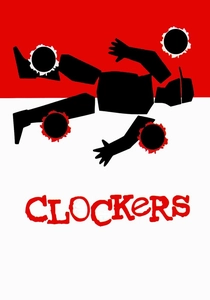
Clockers (1995)
Description: Clockers, like La Haine, examines the lives of young men entangled in the drug trade and the violence that accompanies it. Both films use a neo-realist style to depict the everyday realities of their characters. The themes of moral ambiguity and the search for redemption are prominent in both.
Fact: Based on Richard Price's novel, which was inspired by his research in housing projects. Spike Lee was initially set to direct but handed the project to Martin Scorsese. The film features an early performance by Mekhi Phifer.
 Watch Now
Watch Now 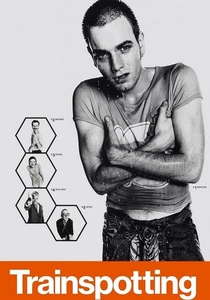
Trainspotting (1996)
Description: Trainspotting, like La Haine, delves into the lives of disaffected youth, though in the context of drug addiction in Edinburgh. Both films use kinetic, stylized visuals and a pulsating soundtrack to capture the frenetic energy and despair of their protagonists. The themes of alienation and societal neglect are central to both narratives.
Fact: The film is based on Irvine Welsh's novel of the same name. Ewan McGregor's breakout role was as Renton. The film's iconic 'Choose Life' monologue was improvised.
 Watch Now
Watch Now 
American History X (1998)
Description: American History X and La Haine both explore the roots of hatred and violence, though from different angles. Both films use stark black-and-white cinematography at times to underscore their themes. The focus on the destructive power of racism and the possibility (or impossibility) of redemption links the two films.
Fact: Edward Norton's performance earned him an Oscar nomination. The director, Tony Kaye, disowned the final cut. The film's production was plagued by conflicts between Kaye and the studio.
 Watch Now
Watch Now 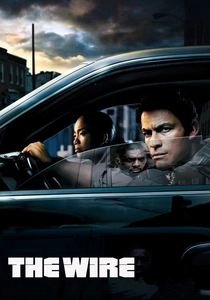
The Wire (2002)
Description: The Wire, like La Haine, provides a panoramic view of urban decay and systemic failure. Both works use a multi-character narrative to explore the interconnectedness of crime, poverty, and institutional neglect. The realistic dialogue and attention to detail in both create a deeply immersive experience.
Fact: Creator David Simon was a former police reporter. Many actors were cast from the streets of Baltimore. The show was initially low-rated but gained critical acclaim over time.
 Watch Now
Watch Now 
City of God (2002)
Description: Similar to La Haine, City of God explores the harsh realities of life in the favelas of Rio de Janeiro, much like the banlieues of Paris. Both films depict the cyclical nature of violence and the struggle of youth trapped in impoverished environments. The raw, documentary-style cinematography and non-linear storytelling in both films enhance the gritty realism.
Fact: The film is based on a semi-autobiographical novel by Paulo Lins. Many of the actors were actual residents of the favelas. Director Fernando Meirelles used amateur actors to add authenticity to the film.
 Watch Now
Watch Now 
Gomorrah (2008)
Description: Gomorrah, like La Haine, offers a gritty, unromanticized look at crime and poverty in an urban setting. Both films eschew glamorization in favor of a stark, almost documentary-like approach. The themes of loyalty, survival, and the inescapability of one's environment are central to both stories.
Fact: The film is based on Roberto Saviano's exposé of the Camorra crime syndicate. Saviano has lived under police protection since the book's publication. The film uses non-professional actors from the Neapolitan suburbs.
 Watch Now
Watch Now 
A Prophet (2009)
Description: A Prophet shares with La Haine a focus on the French underclass and the brutal realities of life on the margins. Both films explore themes of identity, survival, and the corrosive effects of violence. The use of a young, inexperienced protagonist navigating a dangerous world is a common thread.
Fact: The film won the Grand Prix at Cannes. Tahar Rahim's performance was widely acclaimed. Director Jacques Audiard spent years researching prison life for the film.
 Watch Now
Watch Now 
